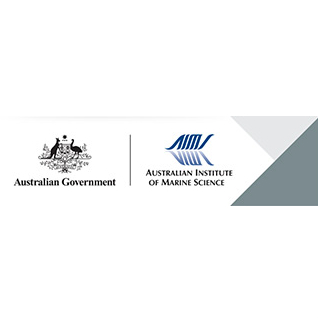Full description
A series of field trips were made along the entire length of Ningaloo Marine Park (NMP) in May, July, and September 2008. Underwater visual census (UVC) at inner and outer reef sites within both recreational and sanctuary zones (SZ) were undertaken from North West Cape SZ to the Turtle SZ at the southern end of NMP. In total, 132 lobsters from five species were counted from 265 transects and 18 separate locations (58 sites) along the entire coast of the NMP.Sub-tidal surveys on snorkel and SCUBA were used for octopus surveys and were done simultaneously with lobster surveys. In addition to these, inter-tidal surveys were conducted in December 2008 providing total coverage of octopus habitat across a reef profile. In total, just 28 octopus from a single species (Octopus cyanea) were counted from 410 transects (265 subtidal and 145 inter-tidal) and 59 separate sites along the entire coast of the NMP.The specific objectives of this project were:1) A report on stock status for targeted invertebrate species along the length of Ningaloo Marine Park including octopus and lobster.2) A characterization of habitats associated with high numbers of targeted species.3) A comparison of stock abundance in relation to differing levels of visitor access.In addition, a further 6 related questions had been put forward as important to the management of the NMP:1) What is the species diversity of invertebrates at representative habitats in the NMP?2) What is the relative abundance of these species and how do they compare with the 'natural' abundance of these species on comparable reefs?3) How does the abundance of these species change over a gradient of historical and human pressure?4) Are current fishing regulations appropriate?5) What should management targets be?6) What species should be monitored regarding these species?
Lineage
Maintenance and Update Frequency: asNeededNotes
CreditDepczynski, Martial, Dr (Principal Investigator)
Modified: 15 08 2025
text: westlimit=112.99; southlimit=-23.76; eastlimit=114.16; northlimit=-21.47
Stock Assessment of targeted invertebrates at Ningaloo Reef. Final Report for WAMSI Node 3 Project 3.1.3: Depczynski M, Heyward AJ, Radford B, O'Leary R, Babcock RC, Haywood M and Thomson DP (2009) Stock Assessment of targeted invertebrates at Ningaloo Reef. Final Report for WAMSI Node 3 Project 3.1.3. Western Australian Marine Science Institution. 110 p.
local : articleId=8412
- global : e8f43d2f-3417-42b1-a015-b7d4b1d68755


